Unique and interesting stories about the two gods Mr. Nhat and Mrs. Nguyet were discussed at the scientific seminar "Old Saigon Ceramic Statues - Unique Historical and Cultural Values" organized by the Ho Chi Minh City Museum of History (October 18). Not only that, many people also sought answers to the question "Why do Southern people often worship Mr. Nhat and Mrs. Nguyet?".
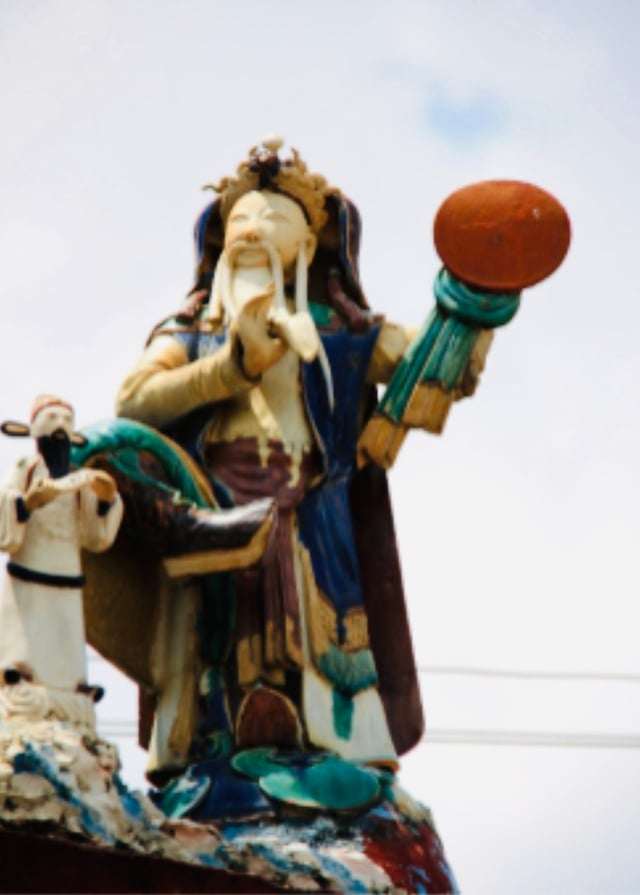
Mr. Nhat Dinh Tan Lan (Bien Hoa)
Photo: Document of researcher Luu Kim Chung
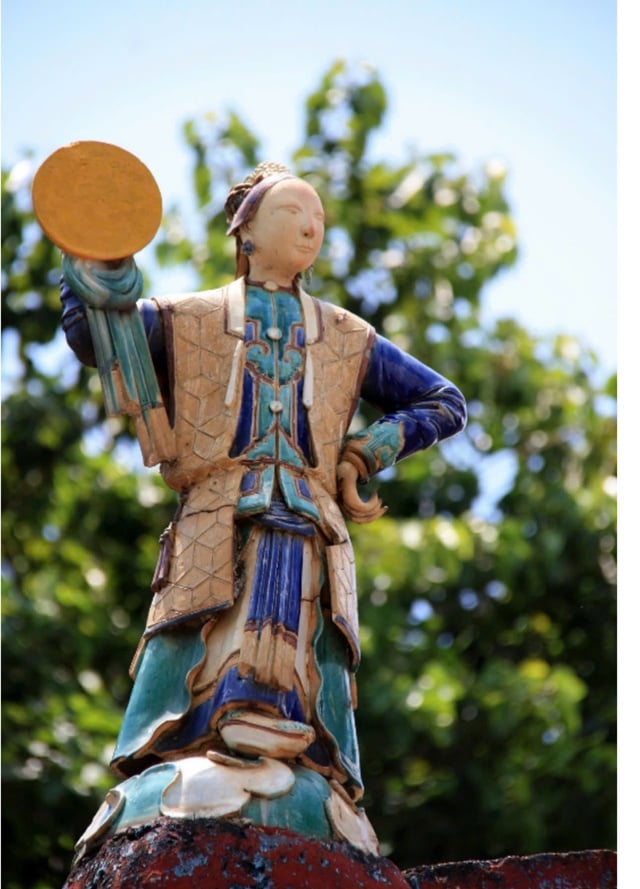
Mrs. Nguyet, Tan Lan temple (Bien Hoa)
Photo: Document of researcher Luu Kim Chung
Ceramic researcher and collector Luu Kim Chung (HCMC) said: "The Nhat - Nguyet statue set of Buu Nguyen ceramic kiln created the image of Mr. Nhat as an old man with a long white beard, one leg raised high, one hand holding the hem of his shirt, the other hand raised holding a round mirror symbolizing the sun; a smiling face, wearing a 'kham kien' (horse-shaped, wing-shaped shirt); on his head he wears a 'tu kim quan' in opera costumes called 'thai tu quan'. On the back of Mr. Nhat's head he wears a 'thuc phat kim quan' (meaning a dragon-shaped hat brim hanging down on both sides of his ears), also called 'long hinh thuy nhi', meaning there are strings of wisdom hanging down on both sides; he stands on a platform with a cloud-shaped base".
As for Mrs. Nguyet, ceramic collector Luu Kim Chung informed: "Mrs. Nguyet's appearance is that of a woman, wearing a 'tan lang y' (new bride's dress) which in Vietnamese opera props is called cat phuc; her shoulders are covered with 'phi van kien' (a cloud-shaped robe), her waist is decorated with a flower basket or butterfly, a type of ceremonial dress of the Qing Dynasty; she has a proud, elegant appearance, one hand raised with a round mirror symbolizing the moon."
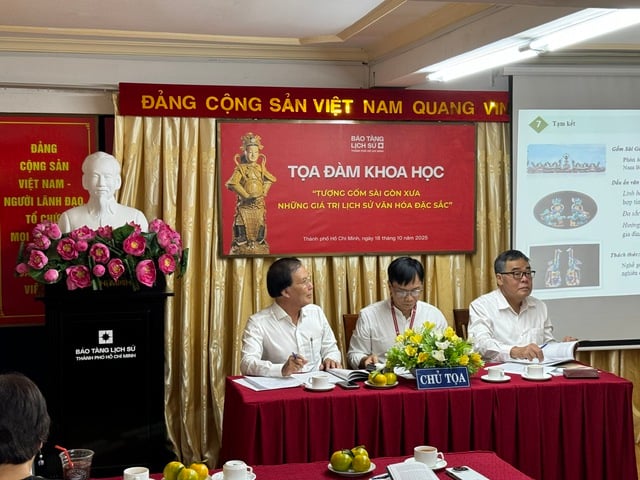
Scientific seminar on Ancient Saigon ceramic statues - unique historical and cultural values organized by Ho Chi Minh City Museum of History
Photo: QUYNH TRAN
Mr. Nhat - Mrs. Nguyet are not only astronomical symbols
In addition to the Sun-Moon statues from Buu Nguyen and Dong Hoa kilns, ceramic researcher and collector Luu Kim Chung said that we should also mention the statue set from Hoa Loi Tuong kiln (1893), which is still preserved at That Phu Thien Hau Cung (old District 5). This statue set has a structure, shape, and glaze color not much different from those from Buu Nguyen and Dong Hoa kilns, except that the shape is taller and fuller.
Master Nguyen Viet Vinh - Head of the exhibition room (Ho Chi Minh City Museum) informed: "The image of the Sun and the Moon, as a pair of cosmic symbols in Eastern dualistic thinking, deeply reflects the philosophy of yin-yang harmony, the cycle of time and space and the relationship between humans and heaven and earth".
Regarding why the Southern region often worships Mr. Nhat and Mrs. Nguyet? According to Master Nguyen Viet Vinh: "In Vietnamese - Chinese folk beliefs, the Sun and the Moon are not only astronomical symbols but also personified as guardian deities: Mr. Nhat and Mrs. Nguyet. Religious architectural works such as communal houses, pagodas, and assembly halls, where the image of the Sun and the Moon pair is often placed in the highest position - the front roof peak - to ward off evil spirits, protect the house, and pray for national peace and prosperity."
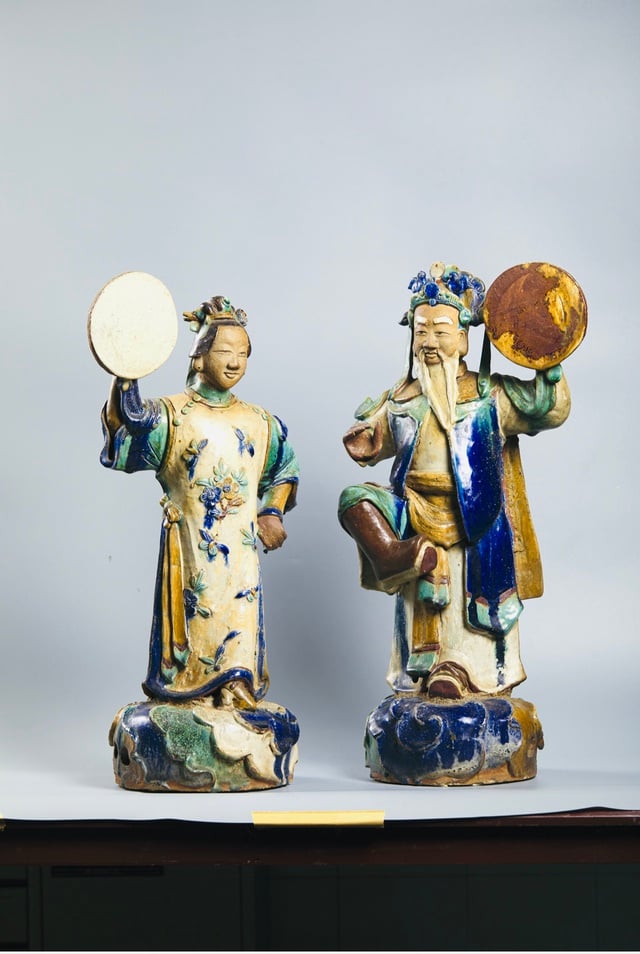
Statue of Mr. Nhat and Mrs. Nguyet (multi-colored glazed ceramic - late 19th century, early 20th century)
Photo: Collector Pham Thanh Tuan
Accordingly, in the South, Mr. Nhat and Mrs. Nguyet are considered symbols of the yin and yang of the universe. The Sun and the Moon created the world. The Sun and Moon Gods are in Chinese culture, the eyes of the god "Bon Co Thi" incarnation; the left eye becomes the Sun God, the right eye becomes the Moon God, folklore has it in the custom of "male left, female right".
"In terms of general identification, Mrs. Nguyet wears a yellow Taoist robe (thuy dien y, bach gia y), with connected triangles, and her head is tied up high like a Taoist nun, symbolizing power and magic. The character of Mr. Nhat wears a cape with a loose scarf covering from the top of his head down to the middle of his feet, called 'Tuyet Lu' in opera, symbolizing a character traveling far away or in cold conditions, traveling at night; on the forehead and head there is a hat brim, decorated with a 'sand knife head', resembling a shovel spreading out, symbolizing a brave young character fighting", ceramic collector Luu Kim Chung Luu further analyzed the ceramic statues of Mr. Nhat and Mrs. Nguyet.
Source: https://thanhnien.vn/vi-sao-o-nam-bo-hay-tho-ong-nhat-ba-nguyet-18525101910431562.htm



![[Photo] Solemn opening of the 10th Session, 15th National Assembly](https://vphoto.vietnam.vn/thumb/1200x675/vietnam/resource/IMAGE/2025/10/20/1760937111622_ndo_br_1-202-jpg.webp)
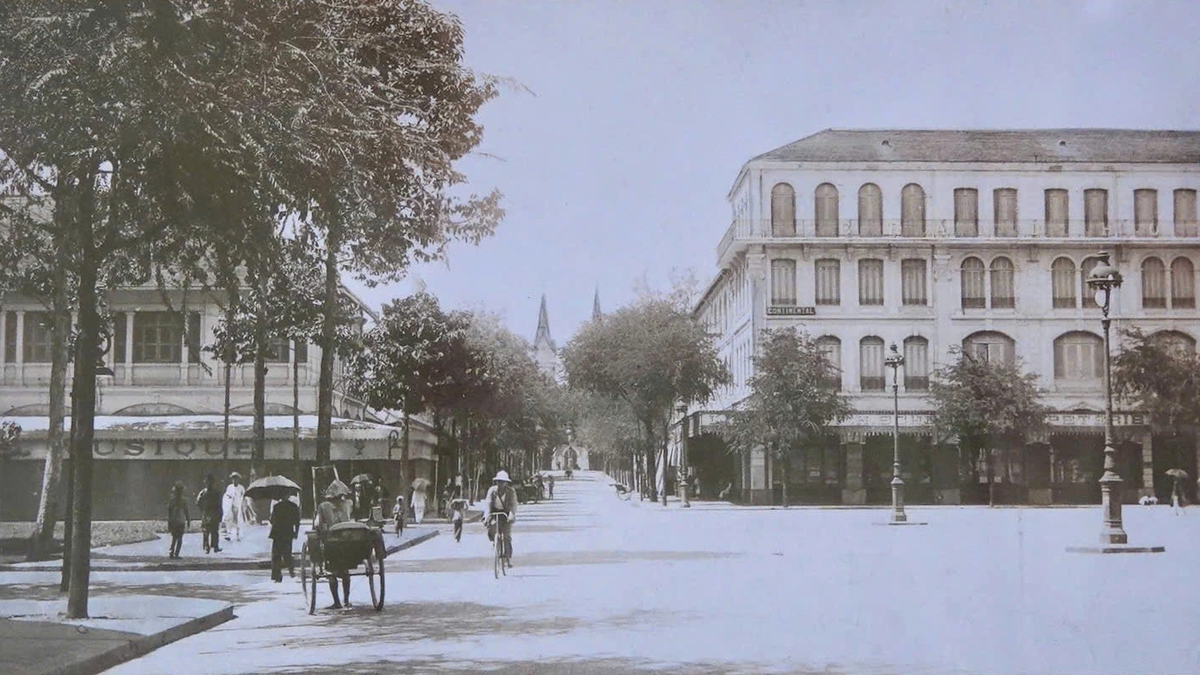

![[Photo] The Steering Committee of the 2025 Fall Fair checks the progress of the organization](https://vphoto.vietnam.vn/thumb/1200x675/vietnam/resource/IMAGE/2025/10/20/1760918203241_nam-5371-jpg.webp)
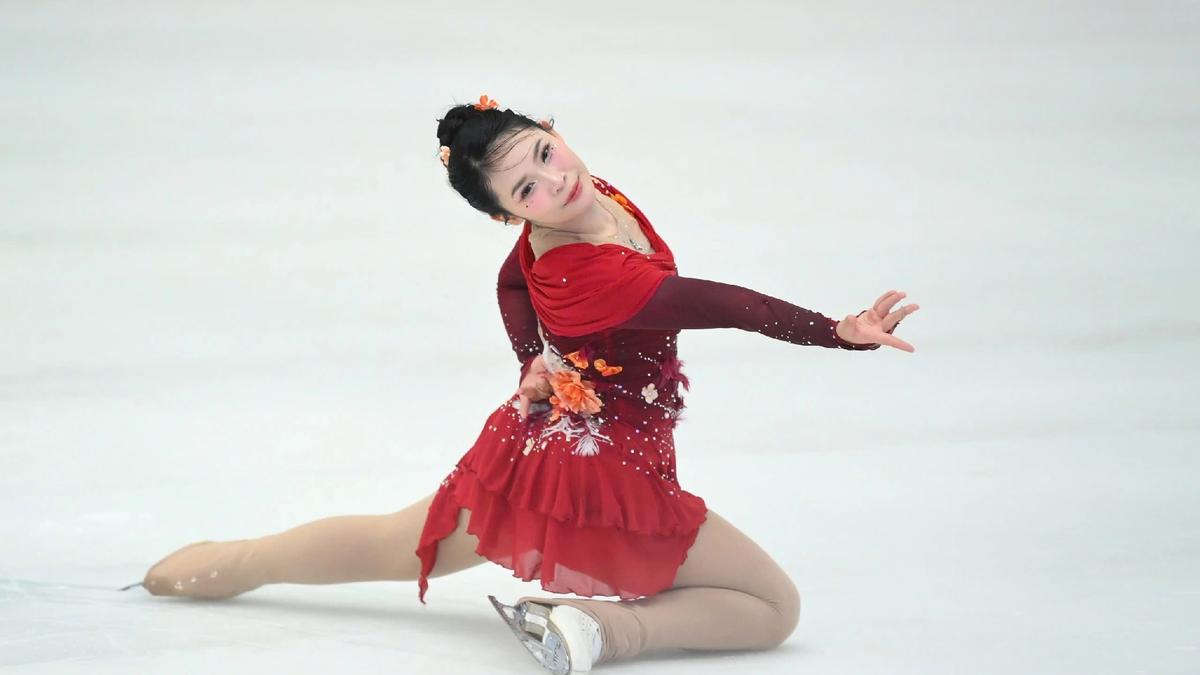






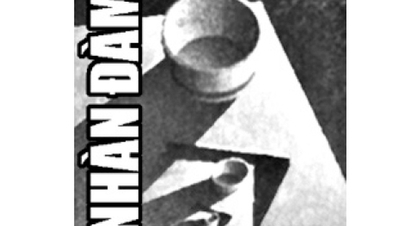




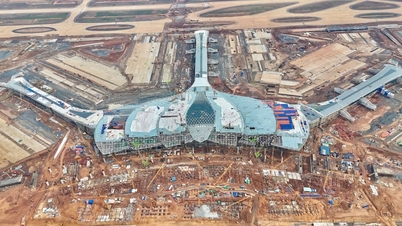

![[Video] Flower and gift market in Ho Chi Minh City is bustling on the occasion of October 20th](https://vphoto.vietnam.vn/thumb/402x226/vietnam/resource/IMAGE/2025/10/20/1760931107653_720-jpg.webp)

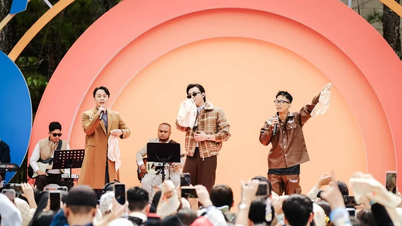

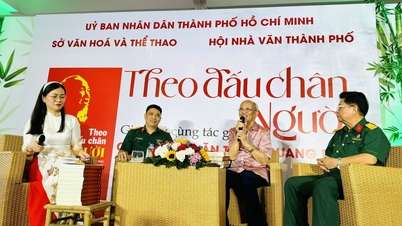
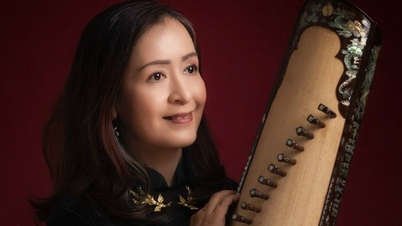




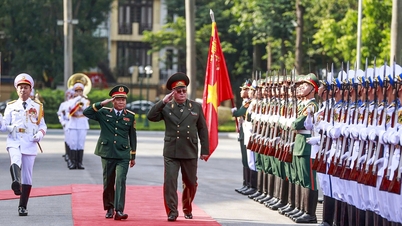


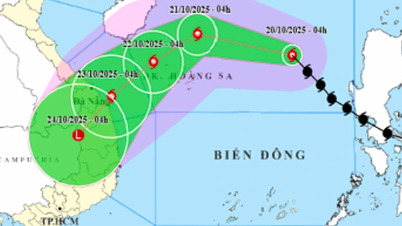
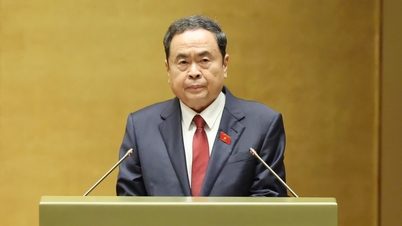
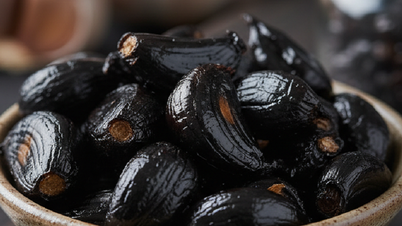

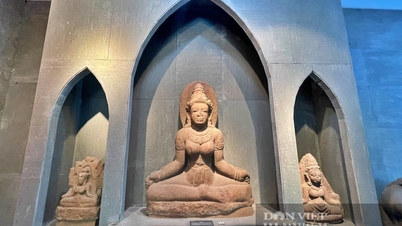

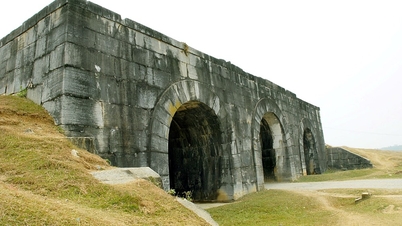

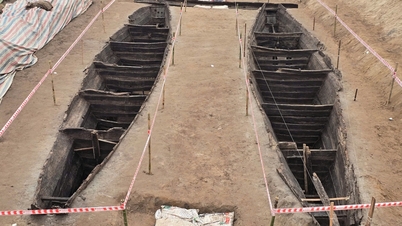
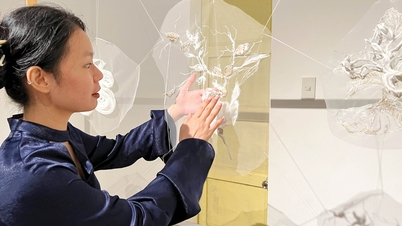

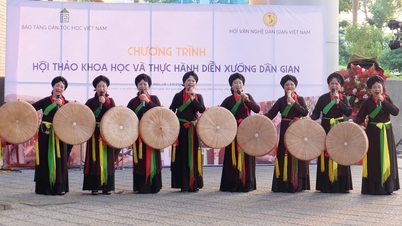



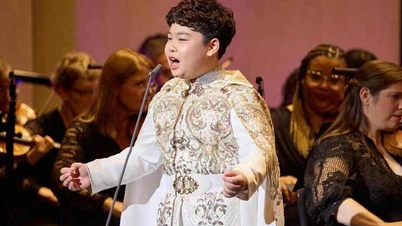

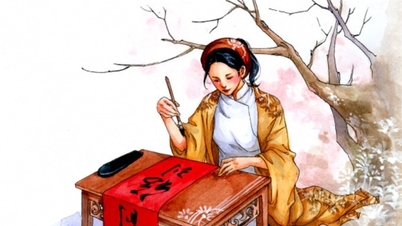
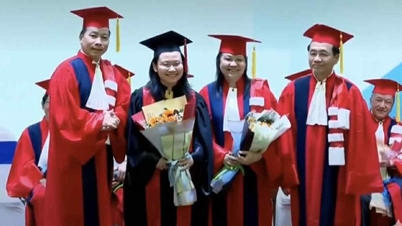


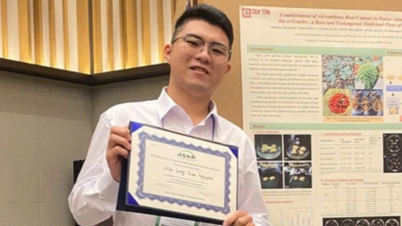
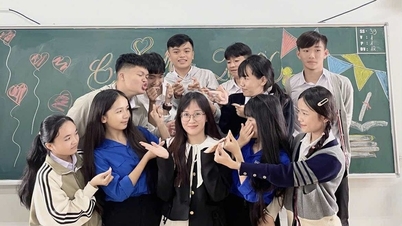
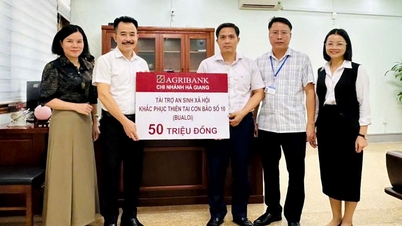





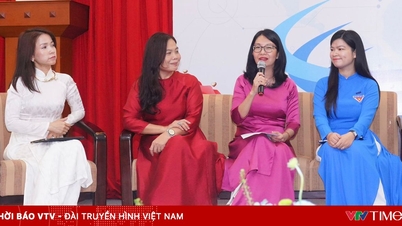











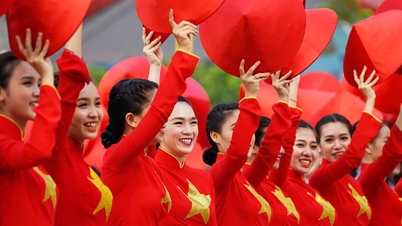
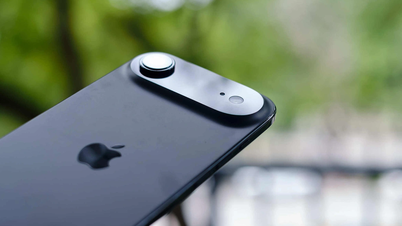
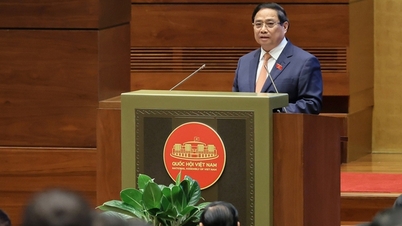


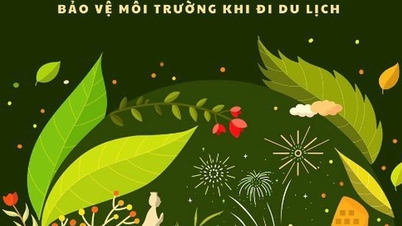
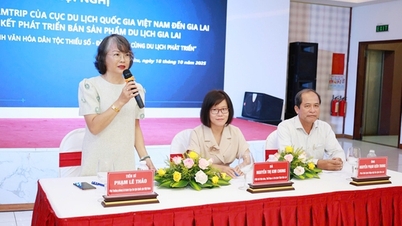

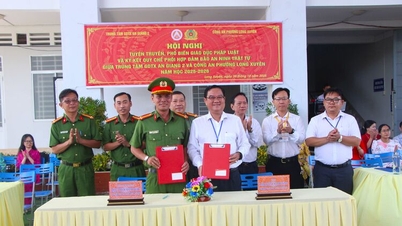

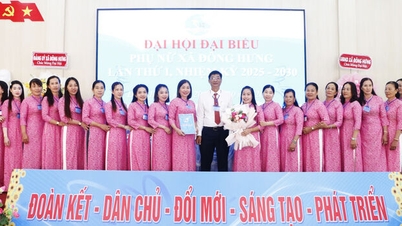






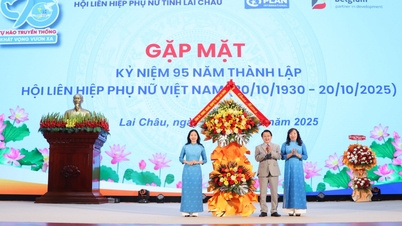















Comment (0)